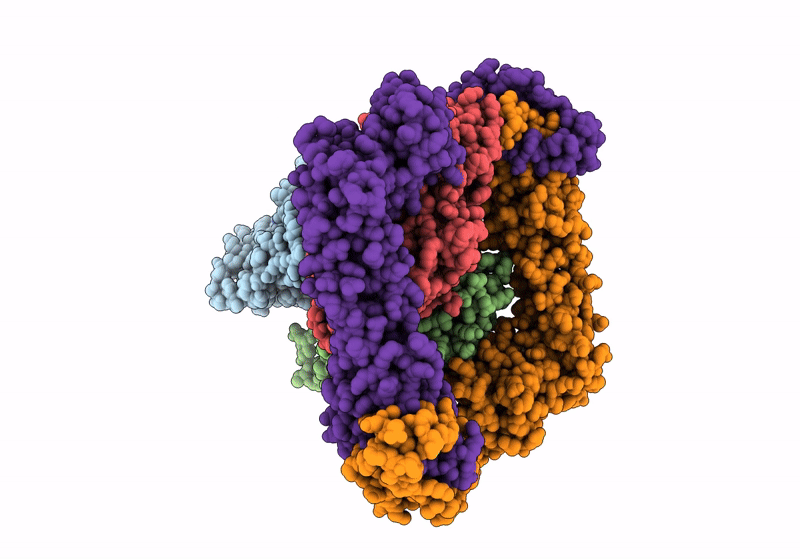
Deposition Date
2024-01-29
Release Date
2024-04-10
Last Version Date
2024-04-24
Entry Detail
PDB ID:
8RU2
Keywords:
Title:
Structure of the F-actin barbed end bound by formin mDia1
Biological Source:
Source Organism:
Homo sapiens (Taxon ID: 9606)
Mus musculus (Taxon ID: 10090)
Mus musculus (Taxon ID: 10090)
Host Organism:
Method Details:
Experimental Method:
Resolution:
3.49 Å
Aggregation State:
PARTICLE
Reconstruction Method:
SINGLE PARTICLE


